Van Dyke Parks “Song Cycle”
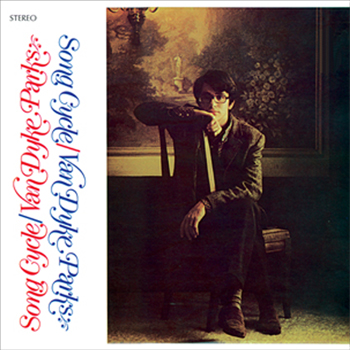
“I’ve been in this town so long that back in the city I’ve been taken for lost and gone and unknown for a long, long time.” Beyond his work with the Beach Boys, Parks had an impressive and varied career, often working with a number of other groups, as varied as Paul Revere and the Raiders, The Byrds, Tim Buckley — all the way to Joanna Newsom. His marvelous solo debut, Song Cycle, is a classic and poetic tour de force.
Musically, I imagine it as a “song spiral.” Motifs aren’t recycled or revisited as much as they are abandoned for new ideas. The orchestration is borne of the poetry, the words directing each instrumental movement. Song Cycle is an album to let yourself soak in, to stay with for a week or even a year. I also recommend listening with the lyric sheet in hand because the layered sound of ever-changing chamber orchestra can be heavy for the mind to absorb concurrently with the poetry.
Being a fan of SMiLE most likely won’t offer a free pass to Song Cycle. The album is dense and difficult to infiltrate. There are traces of inspiration here and there, possibly a glimpse to what Brian could have done with SMiLE if he’d had the encouragement Van Dyke had in Lenny Waronker.
Truthfully speaking, I can’t really understand the concept behind the album. As far as I have read, the record was meant to span a breadth of American musical styles. I know the touch of bluegrass (Steve Young singing Black Jack Davy in a clip that introduces the record) and the homage to Gershwin/Showtune styles, a taste of jazz, but I just don’t really get it. While I’m happy to enjoy what is still unknown to me, for I do love this album, I would be grateful to hear from those who can lighten the mystery of Song Cycle.
“Palm Desert”
![]() Vinyl Reissue | 2007 | Sundazed | buy ]
Vinyl Reissue | 2007 | Sundazed | buy ]
![]() CD | 1990 | Warner | amazon ]
CD | 1990 | Warner | amazon ]
Also Recommended
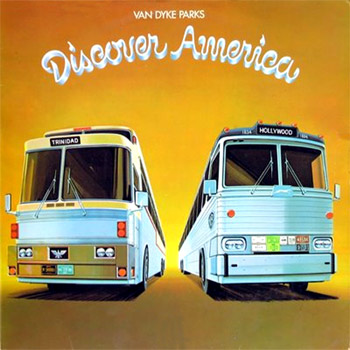
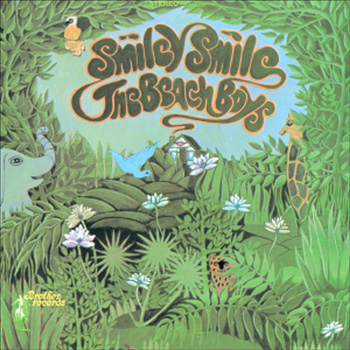
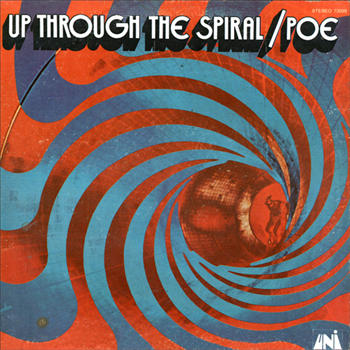
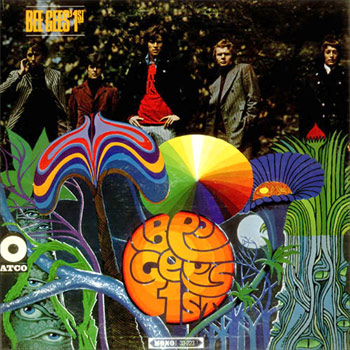
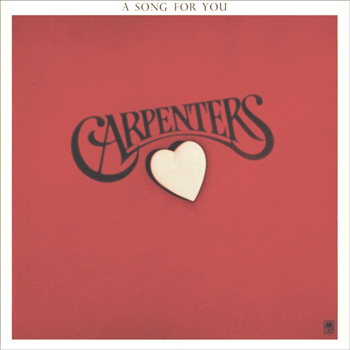
Great tracks. Thank you.
WOOOO!
I was hoping you would post about this album, because I have been wanting to hear it for ages.
Huuuuge SMiLE fan and love what little other Van Dyke Parks stuff I’ve heard, but this album isn’t in any record stores near me. Nor have I been able to find it online until now. Thanks heaps for the blog, it’s great stuff. I found out about The Left Banke, and finally got to hear the Millenium, through your site. Keep up the good work.
I was interested in Parks as Brian’s collaborator on SMiLE, and bought this album after reading Brendan’s thought-provoking review above. In fact a lot of stuff has been written about Song Cycle by different folk, most of which stands up but all of which is of course subjective. The only guy who could really tell you what was in his head that he was trying to recreate on record would be VDP himself, and judging by the non-existent sleeve notes with the CD reissue he ain’t telling. For what it’s worth, here are a few collected and original observations of my own.
Theme: Duglas Stewart of the Scottish band BMX Bandits says that “Song Cycle is a musical travelogue, a sonic trip across the America of Mark Twain, John Steinbeck, Busby Berkeley musicals and John Ford Westerns”. This interpretation is quite widespread among reviewers.
Form: from WikiPedia, “A song cycle is a group of songs designed to be performed in a sequence as a single entity. As a rule, all of the songs are by the same composer and often use words from the same poet or lyricist . . . The unity of the cycle is often underlined by musical means, famously in the return in the last song of the opening music”. The form originates in Romantic music, notably in Schubert’s Liederkreis, and occurs frequently in popular music, the best-known example being Floyd’s Dark Side Of The Moon.
Content: the lyrics show the influences of, IMHO, the bubbling phraseology of Gerard Manley Hopkins, the stream-of-consciousness of TS Eliot and the mischievous wordplay of Dylan (Bob, not Thomas). However, the near-meaninglessness of the lyrics renders the voice more of a musical instrument than a poetry enunciator, and, like opera in Italian or almost anything by the Rolling Stones, the record can be enjoyed without reference to the lyrics at all. The kaleidoscope of music, music concrete and found sounds that backs them harks back to the Modernist school of compositional anarchy originated by Stravinsky. It reinforces the stream-of-consciousness effect and the playfulness of the lyrics. (Many of the backing musicians came from the LA session mafia and would recently have been working on the Monkees’ earlier albums. The pedigree of Tommy Tedesco et al shows in their adaptability! )
Overall effect: the whole comes over as a series of Impressionist paintings in sound. No portion appears complete; everything seems to be a work-in-progress. Even the degree of completion varies from song to song. (A bit like a sonic version of Gaudi’s Catedral de la Sagrada Familia – although that project will eventually be finished!)
Conclusions: yes, this work is certainly son-of-Weird, but anyone who’s listened to Schoenberg, Georgy Ligeti and Zappa without going crazy shouldn’t struggle too much with it. All in all a unique musical experience, and one which by its very strangeness remains teasing and timeless.